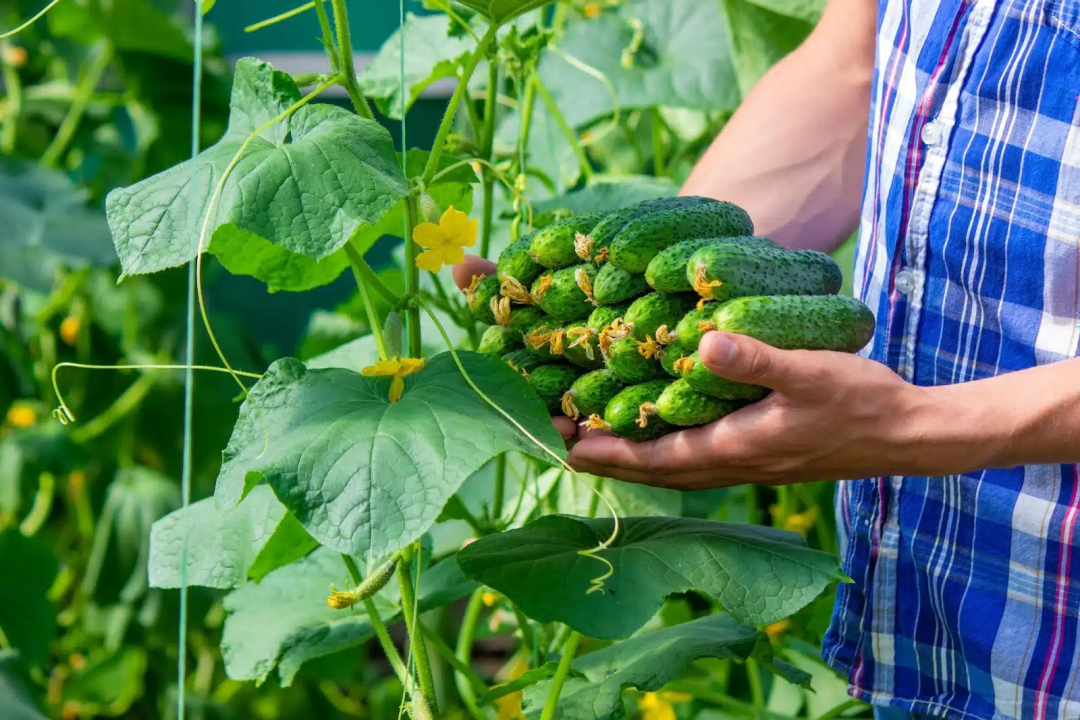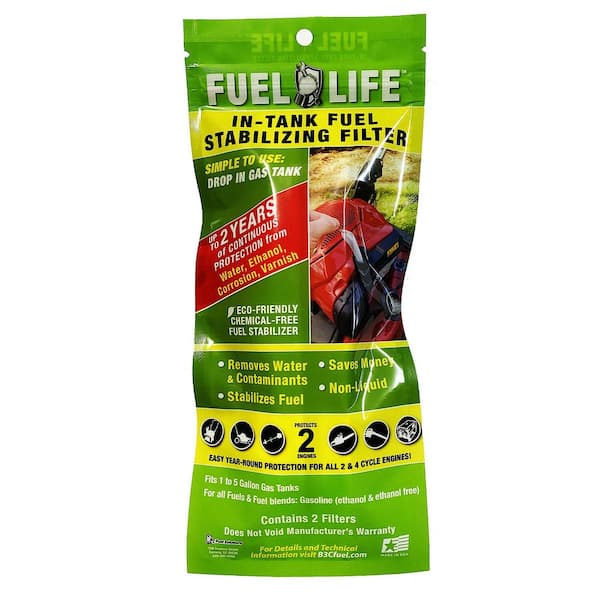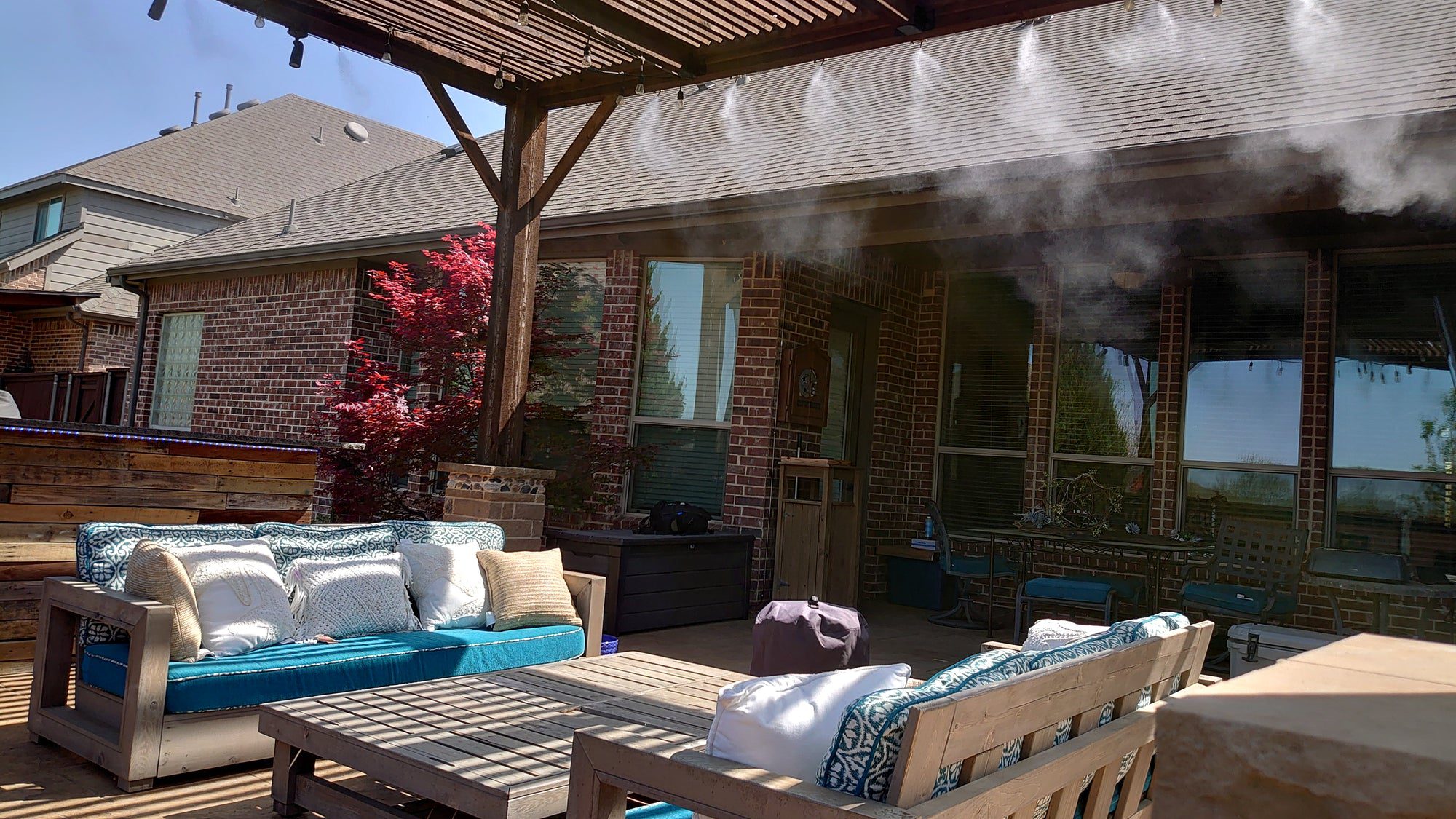A misting system consists of three main components: a pump, a distribution system, and nozzles. Misting systems are designed to provide a mist of water or other liquids for cooling or humidifying purposes.
The pump is responsible for pressurizing the water, while the distribution system transports the water to the desired location. Nozzles play a crucial role in creating fine mist particles that can evaporate quickly. These components work together to create an effective misting system that can be used in various applications, such as outdoor cooling, greenhouse humidity control, and dust suppression.
Whether for residential or commercial use, understanding the key components of a misting system is essential for optimal performance and efficiency.

Credit: www.pcmag.com
Key Components Of A Misting System
A misting system is a fantastic addition to any outdoor space, providing a refreshing and cooling effect, especially during hot summer months. To fully understand how a misting system functions, let’s take a closer look at its key components.
Misting Nozzles
Misting nozzles are small devices that produce tiny water droplets which quickly evaporate into a fine mist. These nozzles are typically made from brass or stainless steel and are designed to generate a high-pressure mist. With different spray patterns and flow rates available, they can be tailored to suit various applications.
Pump
The pump is the heart of a misting system, responsible for pressurizing water and channeling it to the misting nozzles. It creates the necessary pressure to generate the fine mist by forcing water through the system. Pumps can vary in size, capacity, and pressure capabilities, depending on the specific requirements of the misting system.
Tubing
Tubing plays a vital role in transporting water from the pump to the misting nozzles. Usually made from durable materials like nylon or polyethylene, the tubing needs to be able to withstand the pressure created by the pump. It is flexible and easy to install, allowing for precise placement of the misting system.
Filters
Filters are essential components that help maintain the quality of the water used in misting systems. They remove impurities, such as sediment and particles, preventing clogging in the nozzles and maintaining the system’s optimal performance. Filters are typically placed near the water source and should be regularly cleaned or replaced as needed.
Control System
A control system allows you to regulate and customize the misting system’s operation based on your preferences. It typically includes features such as an on/off switch, timers, and misting level adjustments. With a control system, you can easily fine-tune the misting system to create the perfect cooling experience for your outdoor space.

Credit: www.amazon.com
Choosing The Right Misting System Components
When it comes to creating a comfortable outdoor environment, a misting system is an excellent solution. However, to ensure the best performance and longevity of your system, it’s crucial to choose the right misting system components. From considering your cooling needs to maintenance and upkeep, there are several factors to keep in mind. In this blog post, we will explore the key components to consider when selecting a misting system, allowing you to make an informed decision for your outdoor space.
Consider Your Cooling Needs
Before purchasing any misting system components, it’s important to consider your cooling needs. Think about the size of the area you want to cool and the intensity of cooling required. A larger space or a space subject to higher temperatures will need a more robust misting system. Additionally, consider the purpose of the area; for example, a patio used for entertaining may require a different cooling solution than a greenhouse. By understanding your specific cooling needs, you can ensure that the components you choose will effectively meet those requirements.
Quality And Durability
When selecting misting system components, quality and durability should be a top priority. Invest in components that are made from high-quality materials and have a reputation for durability. High-quality components will not only provide better performance but also last longer, ultimately saving you time and money. Look for components that are resistant to corrosion and UV damage, as these factors can significantly impact the lifespan and effectiveness of your misting system.
Ease Of Installation
Another important factor to consider is the ease of installation. Choose misting system components that are straightforward to install and require minimum effort. Components that are easy to install will not only save you time but also ensure that the system is correctly set up, leading to better performance. Consider whether you have the necessary skills and tools to install the components yourself or if you may need to hire a professional for assistance. Opting for components that offer easy installation will make the process smooth and hassle-free.
Maintenance And Upkeep
The maintenance and upkeep of your misting system components are essential to ensure the longevity and optimal performance of the system. Look for components that are easy to clean and maintain, as regular maintenance will prevent clogging and keep the system running smoothly. Some components may require periodic inspection or replacement, so it’s important to factor in these maintenance requirements when making your selection. By choosing components that are easy to maintain, you can ensure that your misting system remains in good working condition for years to come.
Budget
Finally, your budget is an important consideration when choosing misting system components. Determine how much you are willing to invest in your misting system, keeping in mind that higher quality components may come with a higher price tag. While it can be tempting to opt for cheaper components to save money upfront, this may result in a lower quality system that requires frequent repairs or replacements. Strike a balance between cost-effectiveness and quality to ensure that you get the best value for your money and a misting system that meets your cooling needs.
Installation And Maintenance Tips
Proper installation and regular maintenance are crucial for ensuring the smooth operation and longevity of your misting system components. In this section, we will provide you with some valuable tips to help you install and maintain your misting system effectively.
Proper Nozzle Placement
One of the most critical aspects of installing a misting system is ensuring proper nozzle placement. Incorrect nozzle placement can result in uneven cooling or water wastage. Here are some tips for placing the nozzles correctly:
- Position the nozzles at a height of 8 to 10 feet above the ground for optimum coverage.
- Place the nozzles at an angle of 45 degrees to ensure maximum dispersion.
- Ensure that the nozzles are not obstructed by any objects, such as vegetation or furniture, which can affect the misting performance.
- Space the nozzles 2 to 4 feet apart to achieve uniform cooling.
Regular Cleaning And Maintenance
To keep your misting system functioning efficiently, regular cleaning and maintenance are essential. Here are some tips to help you maintain your misting system:
- Flush the system with clean water before and after each season to remove any mineral deposits or debris.
- Clean the nozzles regularly using a soft brush or toothpick to remove any clogs caused by impurities.
- Inspect the tubing and fittings for any leaks or cracks and replace them if necessary.
- Check the pump regularly for proper operation and ensure it is free from any obstructions.
Winterizing Your System
During the winter months, it is crucial to properly winterize your misting system to protect it from freezing temperatures. Follow these steps to winterize your system:
- Turn off the water supply to the misting system.
- Flush out the remaining water from the system by running the pump until it is empty.
- Disconnect the tubing and nozzles, ensuring all water is drained from them.
- Store the disconnected components in a dry place to prevent damage.
Troubleshooting Common Issues
Despite proper installation and maintenance, misting systems may encounter some common issues. Here are some troubleshooting tips for common problems:
- If your misting system is producing insufficient mist, check for clogged nozzles and clean them accordingly.
- If the system is emitting large droplets instead of a fine mist, consider adjusting the water pressure or replacing the nozzles.
- If you notice leaks in the tubing or fittings, inspect them for damage and replace as needed.
Replacing Faulty Components
In the case of faulty components that cannot be repaired, it is essential to replace them promptly. Here are some key components you may need to replace:
- Nozzles: If the nozzles become damaged or worn out, replace them with new ones for optimal performance.
- Tubing: If you observe cracks or leaks in the tubing, replace it to maintain the integrity of the misting system.
- Pump: If the pump stops working or becomes noisy, it may need to be replaced with a new one.

Credit: www.linkedin.com
Frequently Asked Questions On Misting System Components
What Are The Main Components Of A Misting System?
A misting system consists of three main components: a pump, misting nozzles, and tubing. The pump creates pressure that pushes water through the tubing and out of the nozzles in a fine mist.
How Do Misting Nozzles Work?
Misting nozzles have tiny openings that create a high-velocity spray when water flows through them. This spray breaks the water droplets into tiny particles, resulting in a mist that quickly evaporates into the air, providing a cooling effect.
What Is The Purpose Of Tubing In A Misting System?
Tubing in a misting system acts as a conduit for water, carrying it from the pump to the misting nozzles. It is typically made of flexible material and is resistant to high pressure, ensuring efficient water flow throughout the system.
How To Choose The Right Misting System Pump?
When selecting a misting system pump, consider the required pressure for your specific application. High-pressure pumps are suitable for outdoor areas, while low-pressure pumps are ideal for indoor use. Additionally, ensure the pump’s capacity meets your misting system’s water output requirements.
Conclusion
To sum up, understanding the various components of a misting system is essential for optimizing its functionality. From the pump and control system to the nozzles and tubing, each component plays a vital role in ensuring the ideal misting experience.
By investing in high-quality components and regular maintenance, you can enjoy the benefits of a reliable and efficient misting system for years to come. So, make informed choices and create your perfect misting oasis today.
- Why Ease of Use is Crucial in Trucking Dispatch Software - September 22, 2024
- Better Communication With Dispatchers: How Trucking Dispatch Software Can Optimize Operations - September 7, 2024
- Maximizing Efficiency: The Importance of Accurate Location Tracking for Trucking Operations - August 23, 2024


